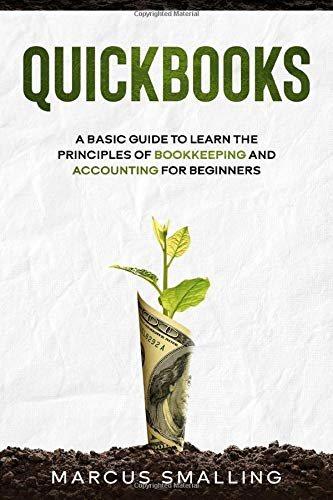SECTION A Answer ALL questions in this section. [40 MARKS] QUESTION 1 (20 Marks) Choose the most appropriate answer. Write down numbers 1.1 to 1.10 in your answer book and next to each number write the letter that represents the correct answer. E.g. 1.11 a 1.1 The rise in the value of one currency in relation to another is: a) Depreciation of the currency. b) An appreciation of the currency. c) A debasement of the currency. d) A weakening of the currency. 1.2 Cyclical unemployment refers to unemployment which occurs a) Because of the seasonal nature of some industries. b) As a result of the long term decline of the industry. c) At particular times of the year. d) As a result of a temporary drop in aggregate demand resulting in a recession 13 Which one of the following does NOT represent a key macroeconomic variable? a) The unemployment rate. b) Gross Domestic Product (GDP). c) Income distribution. d) The population growth rate. 1.4 A consumer's real purchasing power refers to: a) The nominal income level of the consumer. b) Wage income earned through employment. c) The maximum volume of goods and services that the consumer can buy. d) Nominal GDP per capita. MOITARUG 1.5 A decrease in the rate of interest: a) Lowers the opportunity cost of money and leads to an increase in the quantity of money demanded. b) Raises the opportunity cost of money and leads to an increase in the quantity of money demanded, c) Lowers the opportunity cost of money and leads to a decrease in the quantity of money demanded. d) Raises the opportunity cost of money and leads to a decrease in the quantity of money demanded Which of the following is not a legitimate area of intervention by government in a mixed economy a) Regulation of the pricing behaviour of monopoly industries. bl Regulation of price increases that result from changes in patterns of demand and c) Stabilisation of the economy during periods of cyclical instability. d) Redistribution of purchasing power via progressive taxation and transfers ZAVOH BAHT OY from changes in patterns of demand and supply in competitive mark Son and transfers 6







